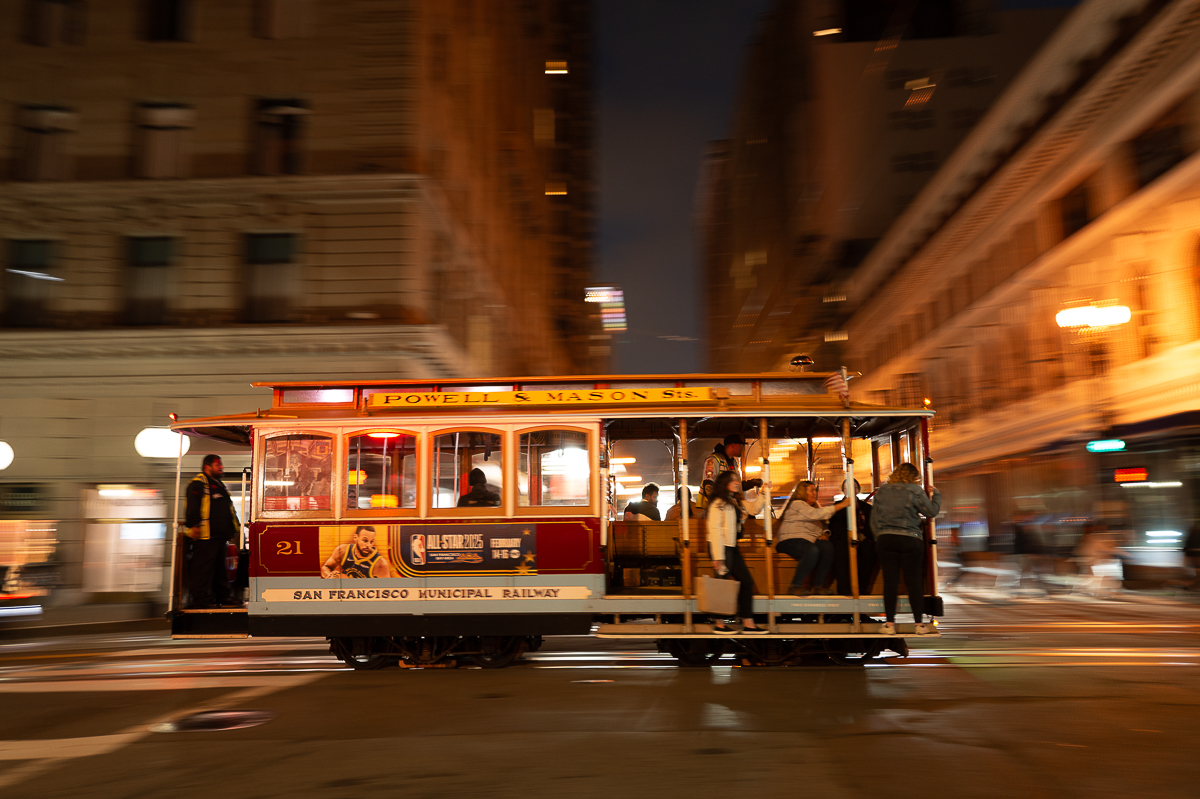The Arc de Triomphe in Bucharest, built in 1935, commemorates Romania’s World War I victories and honors national heroes. Modeled after Paris’s Arc de Triomphe, it stands as a prominent symbol of Romanian patriotism and resilience. The arch is adorned with intricate carvings depicting historical scenes and figures, including depictions of Romanian soldiers. Designed by architect Petre Antonescu, it is a focal point in Revolution Square, linking the city’s past with its present. The structure not only celebrates military achievements but also embodies national pride and unity, serving as a landmark of Romanian history and heritage.

My Recommendations
- Make sure you cross the road and go under the Arc. There is a a set of pedestrian crossings on the eastern side – do watch the traffic.
- If you are coming by Metro use Piața Victoriei station and walk towards the Arc – amazing views, especially early mornings.
- Take in the majesty of the Arc de Triumf from each side. There are crossings to get across the road safely.
- Spend 10 minutes watching traffic and you will be guaranteed some “road rage”


History of Arc de Triumf
The Arc de Triumf in Bucharest, constructed in 1935, commemorates Romania’s World War I victories and symbolizes national unity and heroism. Initially built from wood in 1922, it was reconstructed in granite by architect Petre Antonescu. Inspired by Paris’s Arc de Triomphe, it features intricate carvings and inscriptions celebrating Romanian history and military achievements. The monument honors fallen soldiers and significant events leading to Romania’s independence and unity. Standing 27 meters tall, it is a focal point for national celebrations, military parades, and a symbol of Romanian resilience, pride, and the enduring spirit of the nation.

Tree Lined Streets
Walking from Piața Victoriei station to the Arc de Triumf offers a scenic journey through Kiseleff Road, lined with lush trees and grand villas. As you approach, the Arc emerges majestically, its impressive 27-meter height and intricate carvings captivating your view. The monument’s historical grandeur and architectural beauty dominate the skyline, symbolizing Romanian pride and victory, creating a memorable and inspiring experience.

Architectural details
The Arc de Triumf in Bucharest, designed by architect Petre Antonescu, showcases Neoclassical architecture with a blend of Romanian motifs. Standing 27 meters tall, it features a granite facade adorned with intricate carvings and bas-reliefs depicting historical scenes and figures. The monument’s symmetrical arches and detailed inscriptions honor Romania’s military victories and national unity, creating a striking visual symbol of pride and resilience.


When to Visit
Morning
Early mornings provide an opportunity to see that Arc before the traffic and noise sets in for the day. The light from the morning sunrise provides amazing photo opportunities.
Evening
As the sun dips low the colours change and gives way to early evening lights. Most nights the traffic will be busy so be careful if you are crossing into the centre of the Arc.

To get into the centre of the Arc de Triumf use the crossing on the south eastern side. There are a series of pedestrian crossings that will eventually get you to the centre. You will need to be patient for the lights as they are not synchronized








